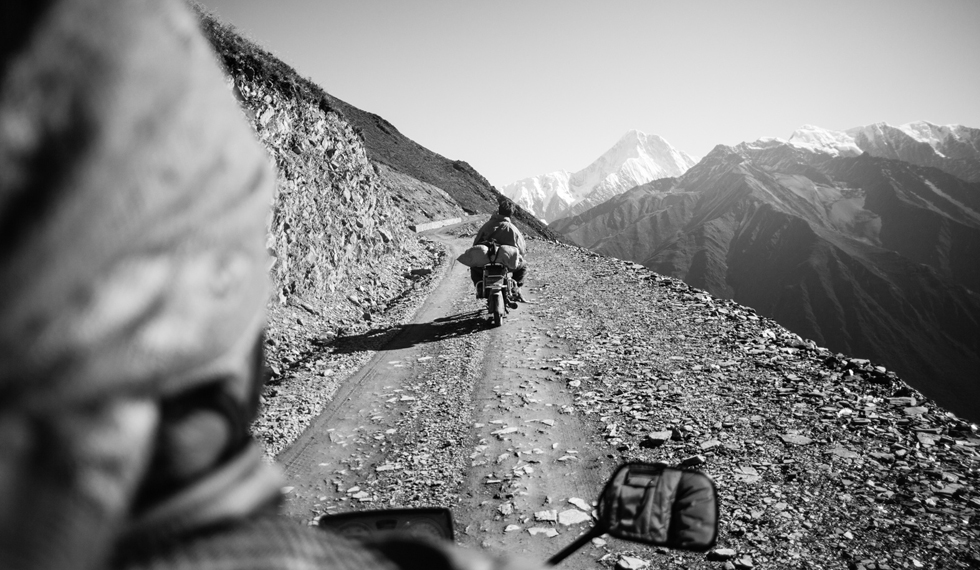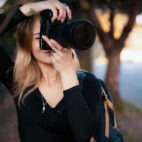Packing List :: A Month on the Road, Skies and Trails
My name's Jan Chipchase, I’m the founder of Studio D, a research, design and strategy consultancy based out of San Francisco and also of SDR Traveller, an ultra-light luggage company. The following packing list is from a month on the road/skies/trails on a trip that spanned Asia, North America and Africa.

I prefer to keep a low profile when I travel, it makes work easier.
Clients and projects are pretty eclectic, and so are the travel requirements. This past month has been a mixture of formal client meetings, urban and rural field research, and island hopping. Twelve flights and a few boats, give or take.

During that month I had half a day at home, which provided the opportunity to swap out a few items, although the contents of my bag were pretty consistent. I also met up with colleagues, so we were able to split the carrying of the bulkier items, such as field supplies.
Over the years I’ve used a lot of types of luggage, from Pelican cases to Mandarina Duck, CiloGear to Porter. Everything has its merits, it takes a few trips to figure out whether a new form factor will work and in which contexts. Prior to prototyping my own luggage, and eventually starting my own brand, I gravitated to Arc’teryx.
I’ve got two hard rules for packing.
The first is no wheels. The weight of the bag is a positive reminder of what not to take. Wheels constrain where you can go, and consequently, what you can be.
The second rule is to leave at least ten percent of luggage space for the journey.
"Wheels constrain where you can go, and consequently, what you can be."
As much as we might fetishize EDC and luggage to cart them around in, someone local will have figured out how to get by with much less. Who hasn’t trekked somewhere notionally extreme, geared up, to be overtaken by a septuagenarian in wellington boots carrying a rice sack? Most overseas trips are comfortable on 25 – 35 liters. Being on a work schedule, whether to buy local or carry in comes down to the question of quality, reliability, and how much time it takes to source an item.
"...leave at least ten percent of luggage space for the journey."
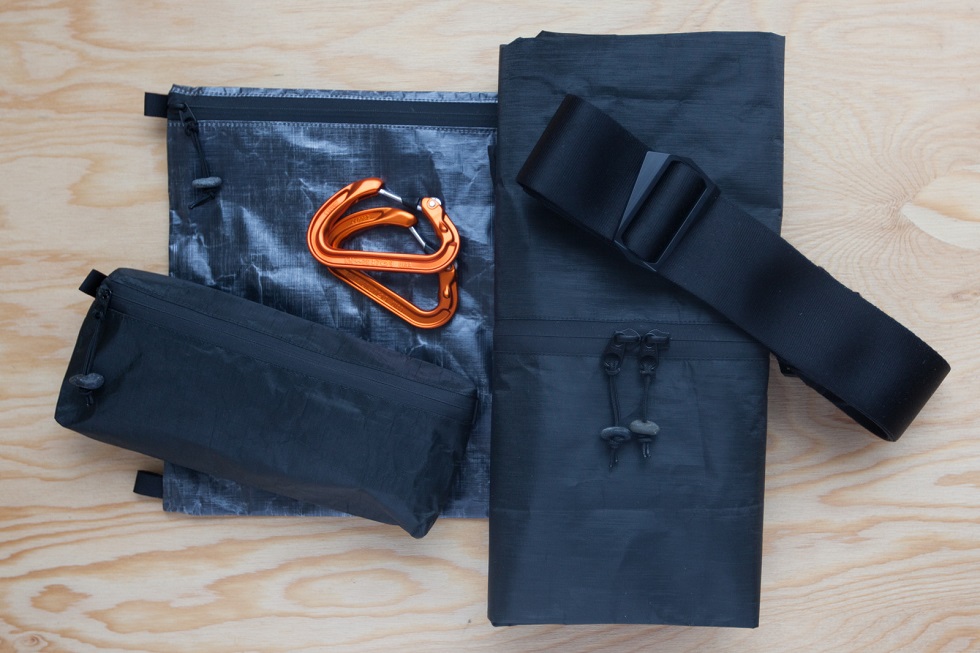
On this trip I’m contending with:
- weight/volume and the need for contents to remain in close proximity;
- working across multiple climate zones;
- the need to carry specialized kit for the field research.
The following is optimal for my needs; some of it might work for you.
Primary Pack

My primary carry is the D3 Traveller duffel, a 42-liter pack, that is made of Cuben Fiber. The unit I’m carrying today was the first one out of our workshop and I’ve been using it intensively for about four years. It’s rare for a technical material to improve over time, but this is wearing in nicely.
The D3 comes into its own on a journey with a lot of check-ins and checkpoints. It’s designed to disguise the weight of the contents with its discreet form factor – Cuben Fiber looks like matte black crumpled paper after a few trips. Overweight, overstuffed, and hard-shell luggage draws attention. The D3 has no sharp corners, no hard surfaces. It’s made of two thin layers of Cuben Fiber with the outer shell slightly larger than the inner, which means you can pack the inside full and the outside retains a relaxed feel. (The air gap also helps retain its structure when it’s partially full). While it can be carried across the shoulder and as a backpack, it can also be carried with a vertically straight arm, which means that you can walk through customs, immigration and check-in without revealing its weight. Finally, it fits in a business class footwell and under an economy class seat, which means that when the overhead bins are full, and when everyone else is being pulled aside at the door of the plane, you can still carry on.
It is no-compromise luggage for people who travel extensively.

I wasn’t expecting any extreme weather conditions on this trip, but there’s the usual risk of pickpockets and sticky-fingered officials. Some destinations can be a little tetchy about foreigners with cameras asking questions. On this trip we hired three local crew in Harare to help navigate the local terrain and to get us into/keep us out of trouble.
"The D3 comes into its own on a journey with a lot of check-ins and checkpoints. It’s designed to disguise the weight of the contents with its discreet form factor..."
A fair amount of our business is for repeat clients, which allows the studio to maintain caches of most frequently used field equipment in different parts of the world. On this trip however, I’m carrying all the gear that is needed.
The following is a selection of what’s inside my bag this past month, and why.
Pack System
I’m using some SDR Traveller silnylon prototypes from a pack system we developed a while back. It’s difficult to improve on what’s out there, Granite Gear stuff sacks for example. However, I do prefer the design of our laundry bag. Whenever I hand it over to hotel laundry they conveniently forget to return it.
One of the benefits of using Airbnbs, aside from figuring out exactly what neighborhood you want to be located in, is having fine-grain control over when to do laundry, which further reduces how much you need to carry.

Ritual Object
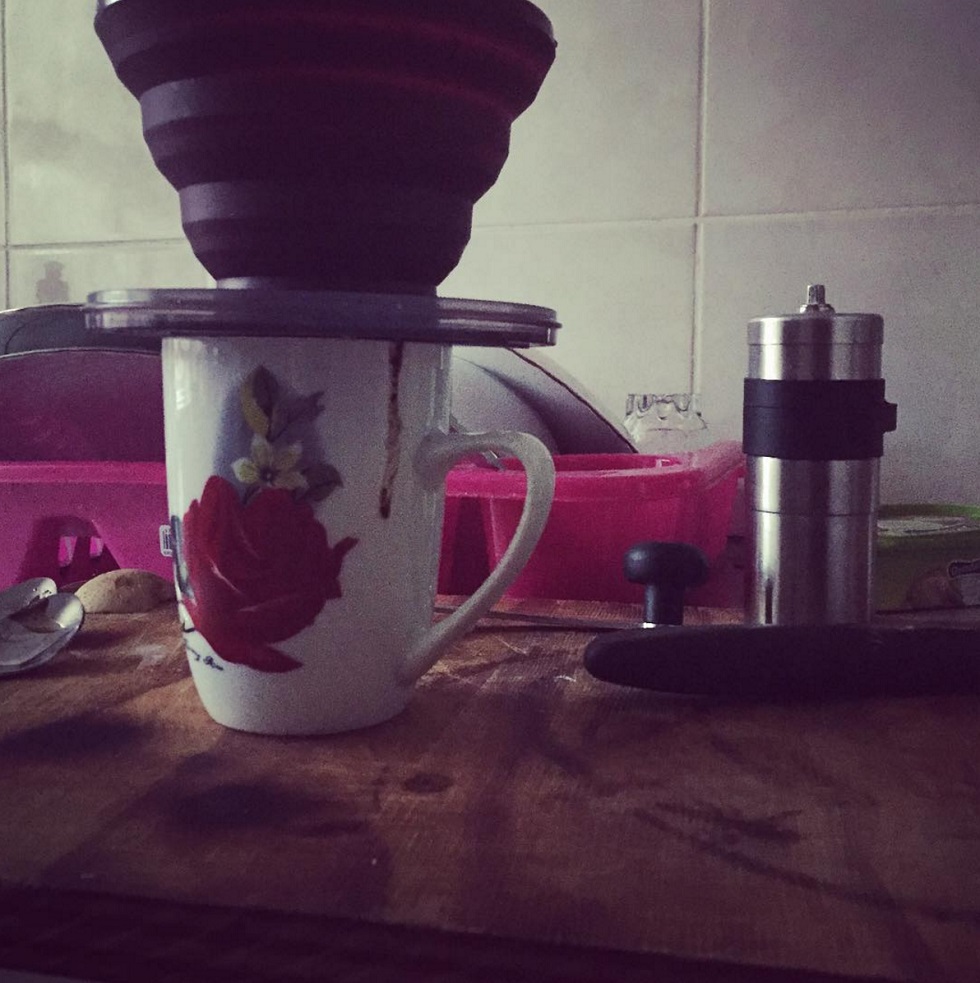
Photo: nicked my colleague Cara’s foldable coffee filter, Harare.
Great journeys are often anchored by familiar rituals in unfamiliar surroundings.
The day starts with a fresh coffee and an hour’s uninterrupted writing (working on this book). Every trip deserves one luxury; on this trip it is a Porlex grinder, Hario filter and 12 oz of Four Barrel. I suspect my grandchildren will look back at our current obsession with caffeine paraphernalia with the same raised eyebrow that we currently reserve for Victorian opium dens. Everything is of its time if you just take a step back.
That said, rituals, particularly around hot drinks are a good way to calibrate to an unfamiliar environment and under high-stress conditions will help stave off culture shock. If you’re interested in the art and science of successful working in remote locations, this guide to running Popup Studios encapsulates our studio’s experience into a handy guide.
"One of the benefits of using Airbnbs, aside from figuring out exactly what neighborhood you want to be located in, is having fine-grain control over when to do laundry, which further reduces how much you need to carry."
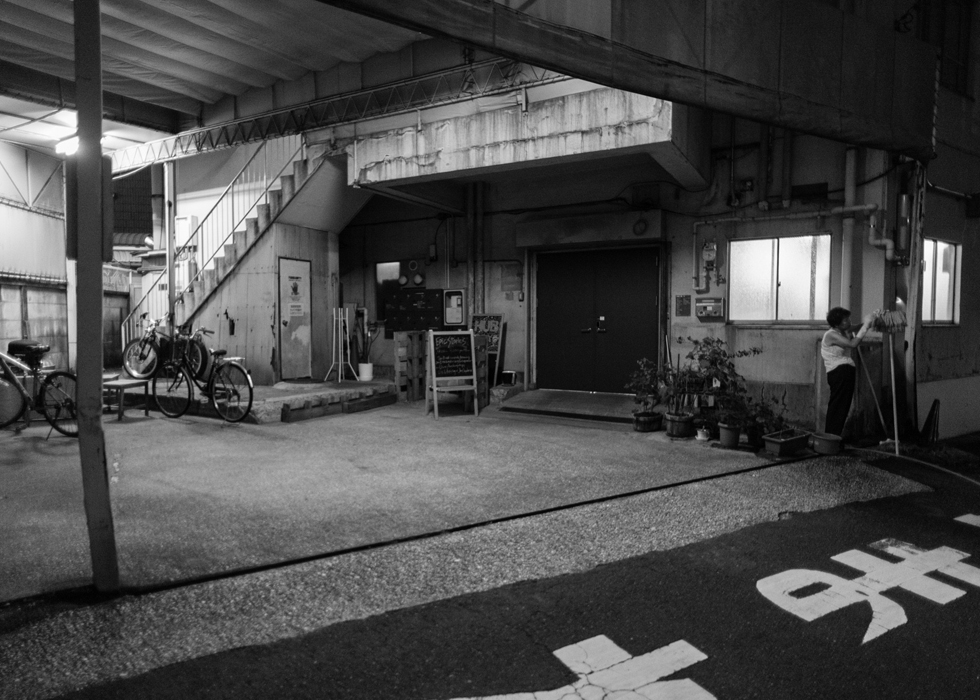
Daypack
Daypacks are another intensely personal choice. My go-to daypack for field research is a black Gregory Satchel – large enough to fit a 13" MacBook Air and a dSLR with a fat prime lens. It looks simple but is devilishly brilliant design, with easy access and shift-ability (being able to reposition the bag without using hands is useful when you’re being observed and don’t want to draw attention to secure valuables). I value the freedom to be able to take out my dSLR, shoot, and put it away again without anyone being affected by the presence of the camera. Most situations are mundane, but there’s usually a few contexts on each trip where it comes into its own.
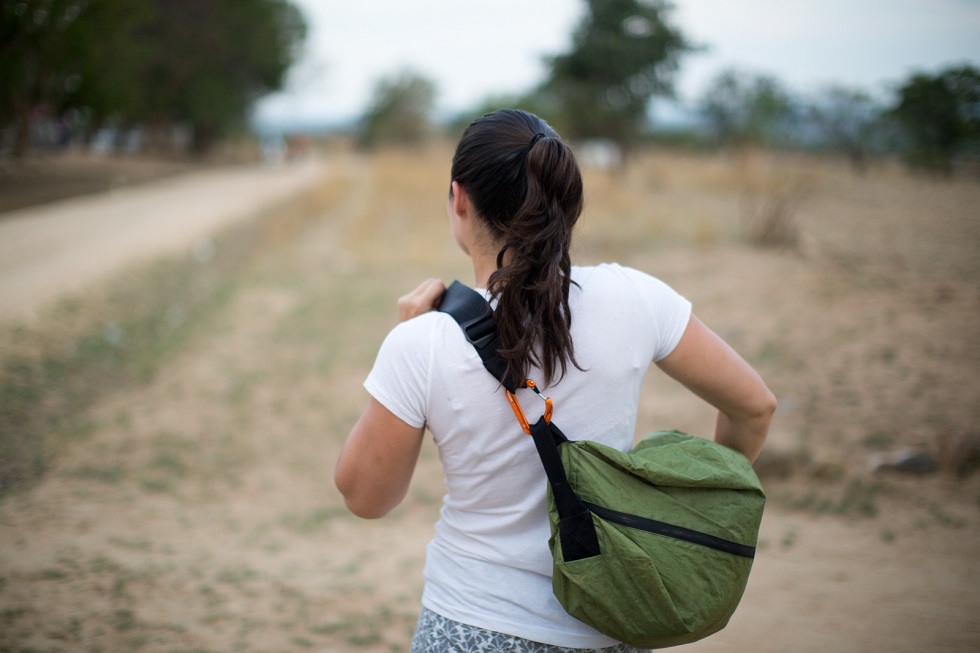
Photo: Cara with a 1M Hauly as daypack.
On this trip however I’ve been using a green 1M Hauly with the strap from the D3 (any strap will do, but that’s what I have to hand). The Hauly was originally designed for a client project and it is obviously a bit specialized, but it converts well into a single skin, ultra-light daypack. There’s zero padding so a sweater or utility pouch is required as ballast. It provides an extra twenty liters of overflow space.
It needs to be water and dust resistant, to cope with the rigours of the journey.

Canon Mobile Printer
I’ve been using different versions of these printers for years. Robust, wireless and has a battery for working off-grid.
On a field study in Somalia/Somaliland earlier this year we were stuck in a village waiting for a flash flood to subside, set up an impromptu photo studio and shot a wedding party, sharing prints with the bride-to-be, who was separated from her loved one by a torrent of water. There’s something fundamentally human about gifting another human being a tangible object that is unique to the moment.
Julbo
I break almost everything. However, these Julbo glasses, with cat 2 – 4 photochromic/polarizing lenses, have proven indestructible.
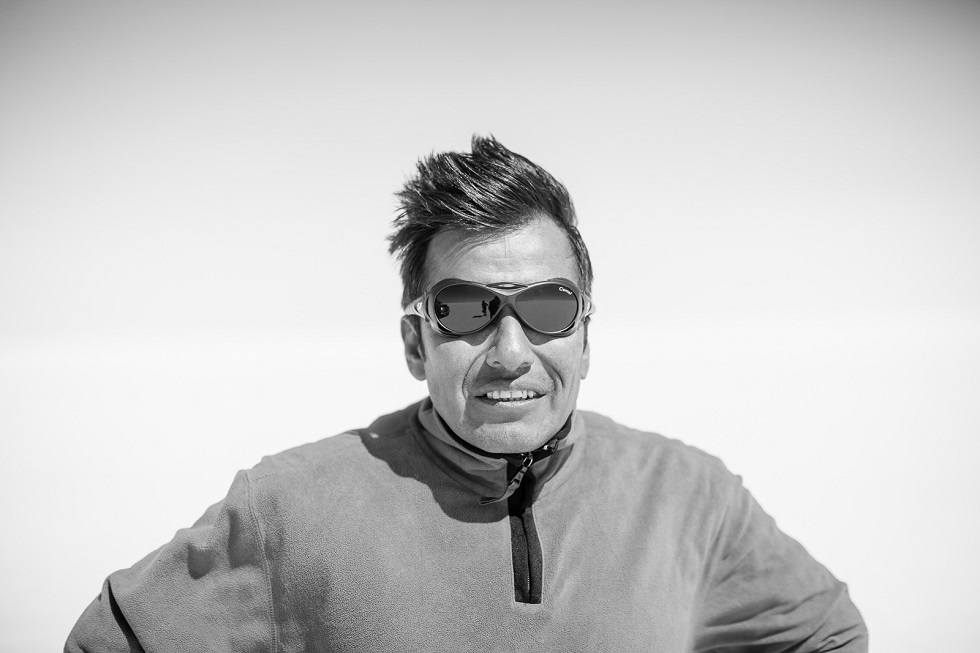
10k Pouch
This discreet little pouch is ideal for cash and trip receipts for expenses.
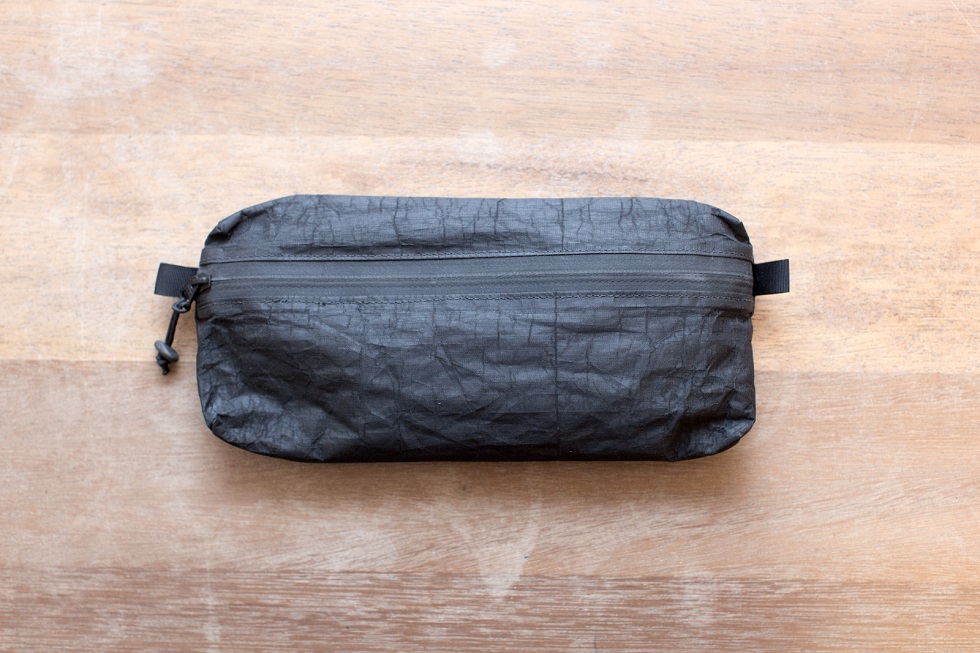
Photo: Cuben Fiber 10k pouch.
I love that ultra-light gear includes stone (from Tibet) in the design. There’s a story behind it, but we’ll have to meet in person for me to share it.
"My go-to daypack for field research is a black Gregory Satchel – large enough to fit a 13" MacBook Air and a dSLR with a fat prime lens. It looks simple but is devilishly brilliant design, with easy access and shift-ability (being able to reposition the bag without using hands is useful when you’re being observed and don’t want to draw attention to secure valuables)."
Double Passport Pouch
It does what you’d expect it to do.
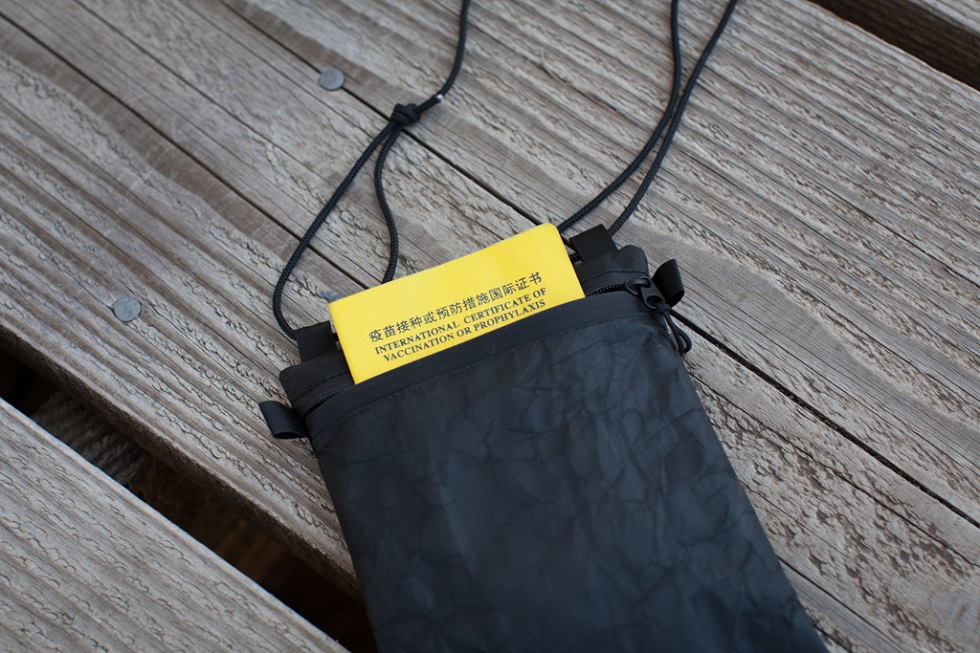
Photo: Double Passport Pouch.
Like a number of frequent travellers, I’m usually travelling on one passport while the other is in an embassy waiting for a visa. Maintaining two passports is a pain in the ass.
"...rituals, particularly around hot drinks are a good way to calibrate to an unfamiliar environment and under high-stress conditions will help stave off culture shock."
I’ve also been carrying a Yellow Book for over a decade. Officials in dodgier destinations are prone to ask for it, so they can extort a bribe if you fail to produce, but they never look inside, until this trip! On arrival in Bangkok (not a dodgy destination these days), en route from Addis Ababa, they checked whether my Yellow Fever vaccination was valid. I’m exposed to more diverse bacteria than most, so it makes sense.
Camera Body
I carry a 5D II or III. It’s a heavy-duty workhorse that took most of these. I prefer to carry gear that is free of branding, and will break after I will.
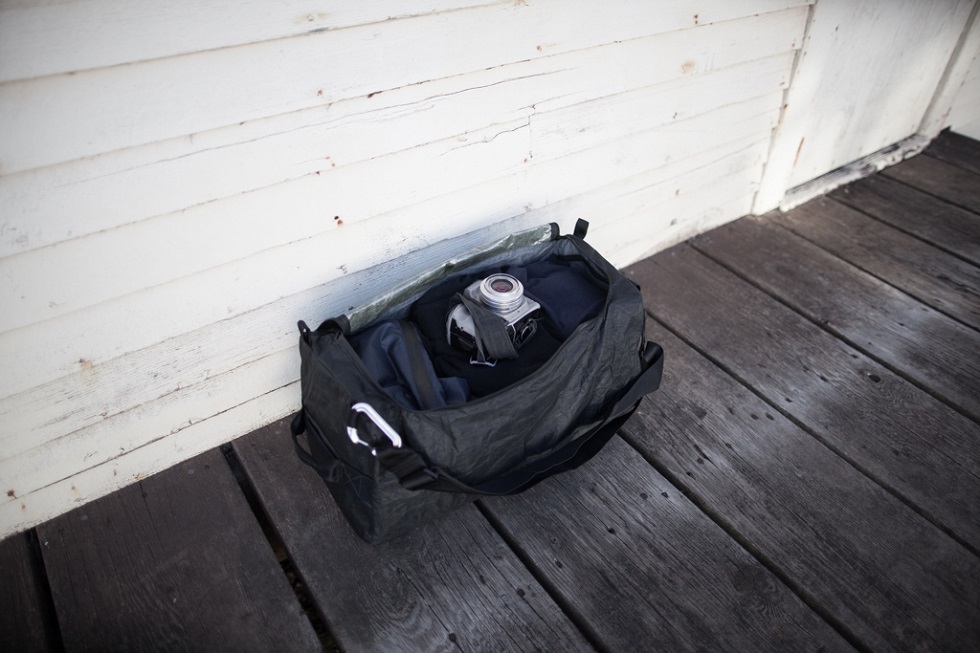
Lenses
On any given field trip we take upwards of ten thousand photos. Lens padding takes up too much space, so everything is rolled into clothing. On this trip a 20mm Voigtlander, plus 50mm and 85mm 1.2 Canons for portraiture. I’d rather deal with worn lenses than have to check-in luggage. I left the dSLR kit in Zimbabwe for the crew to bring home, so the bag home was 25% lighter. I buy a lot of used gear from a couple of suppliers in Tokyo.
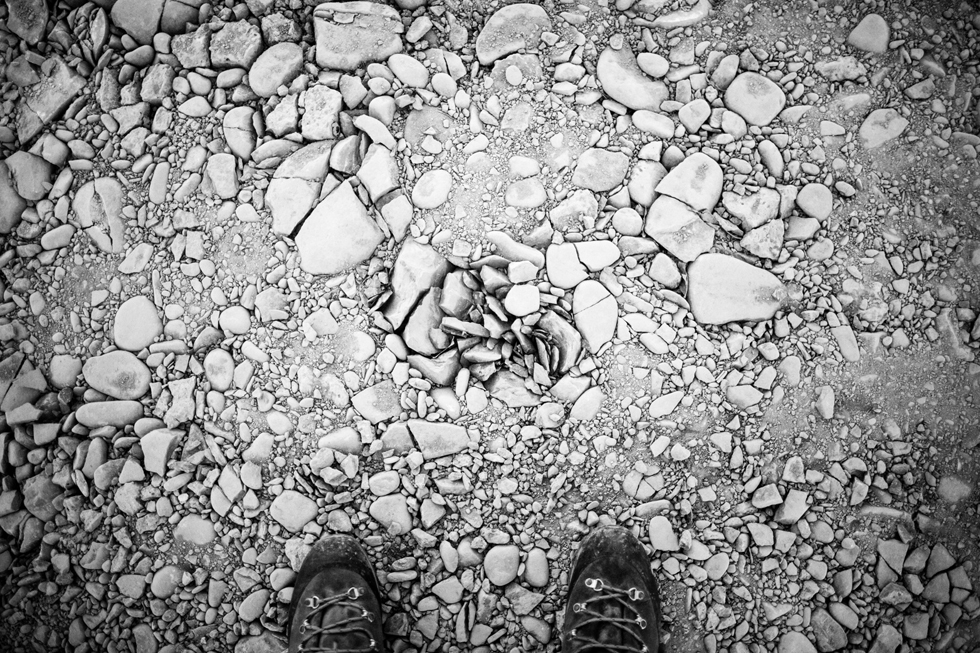
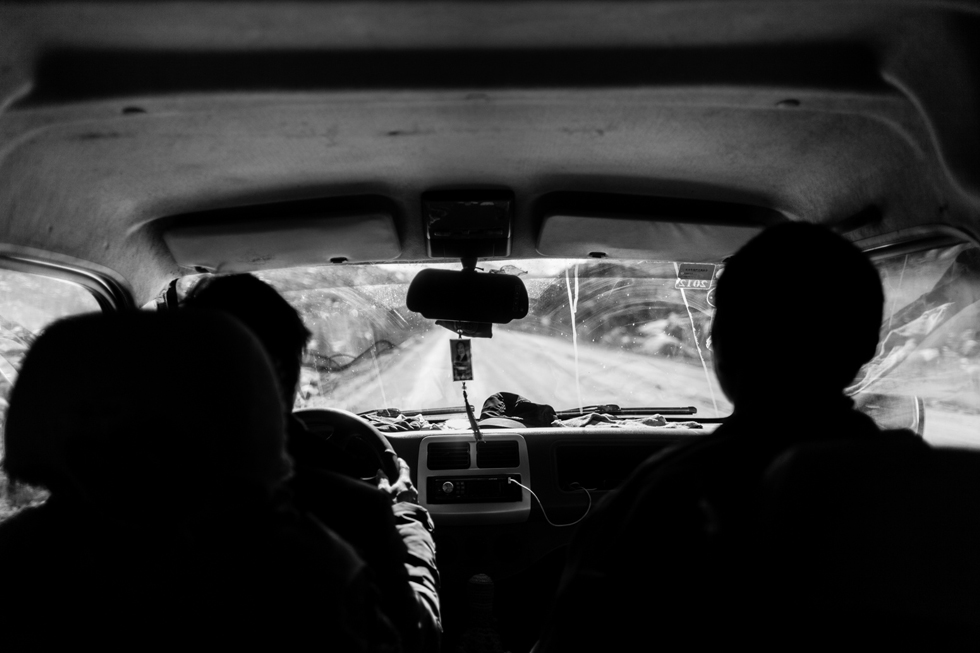
Battery
The quality of Chinese-made batteries has risen considerably in the past few years but I still prefer Japanese-made high-density battery packs from Yodobashi in Shinjuku. I spend a fair amount of time at the edge of the cellular/power grid, and it's the one thing that can’t be bought and relied upon locally. Solar is becoming more efficient (and works as the primary power source in many of the communities we work in), but isn’t yet practical for field work.
"Being on a work schedule, whether to buy local or carry in comes down to the question of quality, reliability, and how much time it takes to source an item."
Adapter
The more you travel, the greater the understanding of what you don’t need to carry. This is lighter and way more satisfying to use than an all-in-one power adapter.

Etymotic Research
I used to carry Bose noise cancelling headphones but they are too bulky and have the same level of sound reduction as these basic Etymotic MK5’s. Ear canal shapes vary considerably, so it’s another intensely personal choice. I go through two pairs a year.
"I’ve also been carrying a Yellow Book for over a decade. Officials in dodgier destinations are prone to ask for it, so they can extort a bribe if you fail to produce..."
SIMs
For Zimbabwe the local crew will cue up a SIM card on arrival, used in an old Android device. Aside from saving on data costs, it also lets me test the experience of local services.
Backup
I keep a go-bag in the studio, another 1M Hauly, with a spare laptop and camera gear that can be FedExed to wherever I need it.

Jan is the founder of Studio D, and SDR Traveller. Follow him on Twitter and Instagram.





 Carry Awards
Carry Awards Insights
Insights Liking
Liking Projects
Projects Interviews
Interviews
